A few months ago we were focusing on the five human senses at preschool. The kids had a lot of fun exploring the various ways we experience the world around us, and it occurred to me that it would be interesting to think about our year in Cuenca through the senses. Over several dinner conversations our family identified the sensory experiences that are most emblematic of our experience in Cuenca, or that we think will most remind us of Cuenca when we experience them in the future. Hopefully these descriptions will add a bit more dimension to the things we are able to describe in words and show in pictures.
Sight
This sense is perhaps one of the easiest to think about in terms of a new experience. What came to mind immediately for me were the blue domes of Cuenca’s cathedral, and the church of Turi which overlooks the city. Ultimately, though, I think the image that will stick with me is the way that clouds here are closer to earth. Sometimes they surround us, but often they hang somewhere between earth and sky, often creating dramatic contrast to the mountain vistas that surround Cuenca.
It isn’t surprising, given that Cuenca is Santa Ana de los Cuatro Rios (Saint Ana of the 4 Rivers), that the Yanuncay River made Lucia’s list and the Eucalyptus trees that line every river made Gabe’s. The Eucalyptus trees were a surprise to us. They aren’t native to Ecuador, but were brought in to help control erosion and because they grow rapidly. And they are everywhere.
Doug chose the burning of the effigies that we saw on New Year’s Eve in Otavalo (see our New Year’s post). Not something one is likely to see in the U.S.
Sight
This sense is perhaps one of the easiest to think about in terms of a new experience. What came to mind immediately for me were the blue domes of Cuenca’s cathedral, and the church of Turi which overlooks the city. Ultimately, though, I think the image that will stick with me is the way that clouds here are closer to earth. Sometimes they surround us, but often they hang somewhere between earth and sky, often creating dramatic contrast to the mountain vistas that surround Cuenca.
It isn’t surprising, given that Cuenca is Santa Ana de los Cuatro Rios (Saint Ana of the 4 Rivers), that the Yanuncay River made Lucia’s list and the Eucalyptus trees that line every river made Gabe’s. The Eucalyptus trees were a surprise to us. They aren’t native to Ecuador, but were brought in to help control erosion and because they grow rapidly. And they are everywhere.
Doug chose the burning of the effigies that we saw on New Year’s Eve in Otavalo (see our New Year’s post). Not something one is likely to see in the U.S.
Sound
The rivers appear on the list again! Gabe chose the Yanuncay river, which is right by our house. When we’ve had a heavy rain we can hear the river loud and clear from Gabe’s bedroom, as long as the traffic is light. Lucia chose the Tomebamba River, which is the river that runs along the historic center of Cuenca. Doug’s choice, car/house alarms, reflects the fact that our overall experience in Cuenca is a little loud. I made a recording of sounds I hear on my walk to work to share with my students. I was surprised at how loud the walk, which I had thought of as relatively tranquil, really is when all the traffic, animal and regular city noises are added in. My choice, though, is the sound of the preschoolers calling out “Tia Elena! Tia Elena!” Schoolchildren here call their teachers “Tia” and “Tio” which translate to aunt and uncle. I don’t think I’ll have many, if any, four year olds calling me Tia Elena back in the U.S., but if one ever does I’m sure I’ll be immediately transported back to a certain preschool in Cuenca.
The rivers appear on the list again! Gabe chose the Yanuncay river, which is right by our house. When we’ve had a heavy rain we can hear the river loud and clear from Gabe’s bedroom, as long as the traffic is light. Lucia chose the Tomebamba River, which is the river that runs along the historic center of Cuenca. Doug’s choice, car/house alarms, reflects the fact that our overall experience in Cuenca is a little loud. I made a recording of sounds I hear on my walk to work to share with my students. I was surprised at how loud the walk, which I had thought of as relatively tranquil, really is when all the traffic, animal and regular city noises are added in. My choice, though, is the sound of the preschoolers calling out “Tia Elena! Tia Elena!” Schoolchildren here call their teachers “Tia” and “Tio” which translate to aunt and uncle. I don’t think I’ll have many, if any, four year olds calling me Tia Elena back in the U.S., but if one ever does I’m sure I’ll be immediately transported back to a certain preschool in Cuenca.
Taste
Those of you who were rooting for the local delicacy of roasted Cuy (Guinea Pig) to be highlighted will be disappointed as we haven’t yet brought ourselves to try it. There are a number of local dishes (especially soups) that we like. Nonetheless, our choices in this category are relatively simple. For Lucia, its the Galak (white chocolate) flavored ice cream at our favorite ice cream shop, Monte Bianco. For Doug and Gabe both it is pan de yuca, or yucca bread. These tasty little breads are made from yucca starch, and also contain cheese. They have a crusty outside and chewy inside with mild flavor. We can buy them frozen and cook them at home. They make a nice side dish to many Ecuadorian soups. There are also a number of shops in Cuenca that serve pan de yuca with yogurt drinks. My choice in the taste category is the tomate de arbol or tree tomato. We had juice made from tree tomato on our first day in Ecuador, and it is one of the biggest domestic crops here. It is a fruit, but it does have a sort of tomato like taste. The mild flavor of the tree tomato makes for great juice, and it is also a popular base for the Aji sauce (which also includes hot peppers and onions) that is served with many main dishes.
Those of you who were rooting for the local delicacy of roasted Cuy (Guinea Pig) to be highlighted will be disappointed as we haven’t yet brought ourselves to try it. There are a number of local dishes (especially soups) that we like. Nonetheless, our choices in this category are relatively simple. For Lucia, its the Galak (white chocolate) flavored ice cream at our favorite ice cream shop, Monte Bianco. For Doug and Gabe both it is pan de yuca, or yucca bread. These tasty little breads are made from yucca starch, and also contain cheese. They have a crusty outside and chewy inside with mild flavor. We can buy them frozen and cook them at home. They make a nice side dish to many Ecuadorian soups. There are also a number of shops in Cuenca that serve pan de yuca with yogurt drinks. My choice in the taste category is the tomate de arbol or tree tomato. We had juice made from tree tomato on our first day in Ecuador, and it is one of the biggest domestic crops here. It is a fruit, but it does have a sort of tomato like taste. The mild flavor of the tree tomato makes for great juice, and it is also a popular base for the Aji sauce (which also includes hot peppers and onions) that is served with many main dishes.
Smell
Here again our responses reflect the breadth of our experiences in Cuenca. For Gabe the most notable smell is that of car exhaust. There are emission standards here, but they must not be too strict. It isn’t uncommon to see black exhaust pouring out of busses and cars. Doug chose a similar smell: that of a polluted river. We often smell pollution in the Yanuncay River, and have seen polluted water pouring in. There are campaigns to clean the rivers and keep them clean, but there is a lot more education to be done. The water that runs off of streets and sidewalks gets mixed with whatever pollutants are on the sidewalks or the industrial shops (car repair, metal work, wood work) that operate along the street. Just this week, Doug noted that mounds of grass clippings from the yard in our little development made their way into the river. And it isn’t unusual to see people washing their clothes or themselves in the river on the weekend.
Lucia and I have more pleasant smells to add to the mix. Lucia chose baking bread. There are many bakeries in Cuenca and one often catches a whiff of bread baking. Her favorite chore at the grocery store is to go to the in-store bakery to pick out the bread. Bakeries have woven baskets and tongs that customers use to select the freshly baked item of their choice, and that process adds to the appeal. For me the smell is Eucalyptus. One hostel we stayed in during our travels had fresh Eucalyptus branches in the shower, which made for a delightful steamy start to the day. A hot spring retreat near Cuenca also has Eucalyptus branches in the steam room - no need to go through the process of extracting the essential oil! Sometimes I can smell Eucalyptus as I walk by the river, especially after a storm if limbs have fallen.
Here again our responses reflect the breadth of our experiences in Cuenca. For Gabe the most notable smell is that of car exhaust. There are emission standards here, but they must not be too strict. It isn’t uncommon to see black exhaust pouring out of busses and cars. Doug chose a similar smell: that of a polluted river. We often smell pollution in the Yanuncay River, and have seen polluted water pouring in. There are campaigns to clean the rivers and keep them clean, but there is a lot more education to be done. The water that runs off of streets and sidewalks gets mixed with whatever pollutants are on the sidewalks or the industrial shops (car repair, metal work, wood work) that operate along the street. Just this week, Doug noted that mounds of grass clippings from the yard in our little development made their way into the river. And it isn’t unusual to see people washing their clothes or themselves in the river on the weekend.
Lucia and I have more pleasant smells to add to the mix. Lucia chose baking bread. There are many bakeries in Cuenca and one often catches a whiff of bread baking. Her favorite chore at the grocery store is to go to the in-store bakery to pick out the bread. Bakeries have woven baskets and tongs that customers use to select the freshly baked item of their choice, and that process adds to the appeal. For me the smell is Eucalyptus. One hostel we stayed in during our travels had fresh Eucalyptus branches in the shower, which made for a delightful steamy start to the day. A hot spring retreat near Cuenca also has Eucalyptus branches in the steam room - no need to go through the process of extracting the essential oil! Sometimes I can smell Eucalyptus as I walk by the river, especially after a storm if limbs have fallen.
Touch/Feel
The tactile experience is a hard one to put into words, or to even think about. Lucia and Gabe both chose school related items for the sense of touch. They use a wide array of papers in school here – including specially formatted and lined papers for various tasks, and the notebooks are different than we have in the US. For Gabe the tactile experience has included an emphasis on penmanship (using 4-line paper, please!) and learning to write cursive.
I think the tactile experience I’ll most associate with Cuenca is the cheek kiss that is part of every polite greeting. Not that you actually get kissed on the cheek – it is more like a cheek bump with air kisses. Required for women, and for women and men, but men shake hands when they greet each other. Every day I exchange cheek bump kisses with my coworkers, preschool parents and the school kids. It isn’t awkward anymore unless I meet an expat and then there is usually a brief hesitation before the air kiss is replaced with a verbal greeting.
Doug chose the feel of his alpaca poncho, which we bought in Otavalo, and which nicely complements his now flowing hairstyle. We also have several alpaca blankets which we love. They provide a lot of warmth without a lot of weight, and feel uniquely Andean.
The tactile experience is a hard one to put into words, or to even think about. Lucia and Gabe both chose school related items for the sense of touch. They use a wide array of papers in school here – including specially formatted and lined papers for various tasks, and the notebooks are different than we have in the US. For Gabe the tactile experience has included an emphasis on penmanship (using 4-line paper, please!) and learning to write cursive.
I think the tactile experience I’ll most associate with Cuenca is the cheek kiss that is part of every polite greeting. Not that you actually get kissed on the cheek – it is more like a cheek bump with air kisses. Required for women, and for women and men, but men shake hands when they greet each other. Every day I exchange cheek bump kisses with my coworkers, preschool parents and the school kids. It isn’t awkward anymore unless I meet an expat and then there is usually a brief hesitation before the air kiss is replaced with a verbal greeting.
Doug chose the feel of his alpaca poncho, which we bought in Otavalo, and which nicely complements his now flowing hairstyle. We also have several alpaca blankets which we love. They provide a lot of warmth without a lot of weight, and feel uniquely Andean.
Immersing oneself into a different culture can be a powerful experience – one that we hope the kids will remember for a very long time on many levels. There will likely be many other events that remind us of Cuenca after we get back to the States. Perhaps a certain non-verbal expression, decoration, odor, or manner of speech will rekindle some memory from our time here. We look forward to those experiences that bring us back to the land yucca bread, eucalyptus trees, vibrant rivers and mystical mountains.
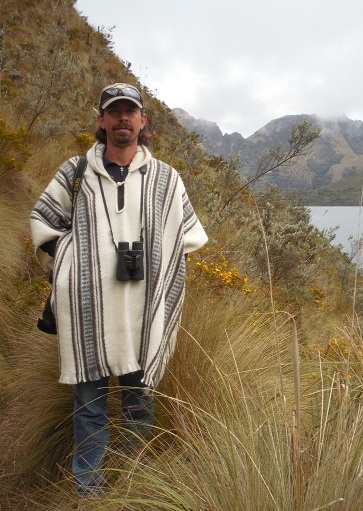
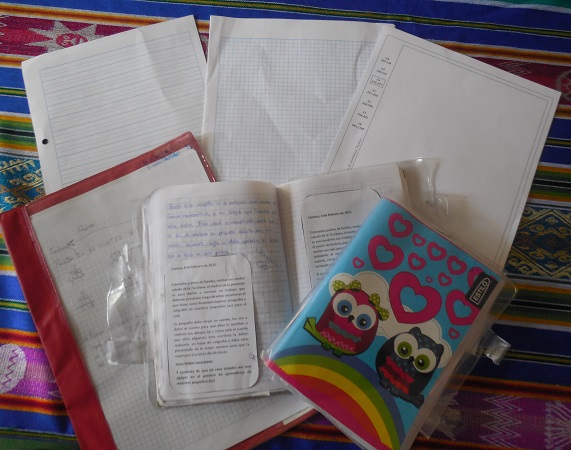

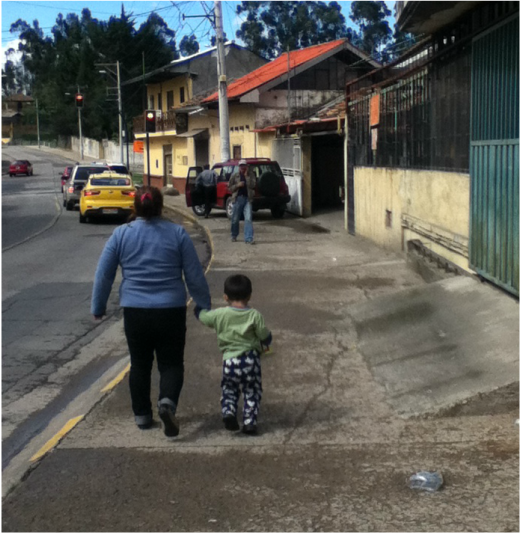
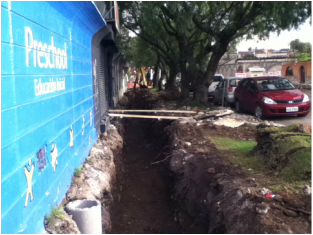
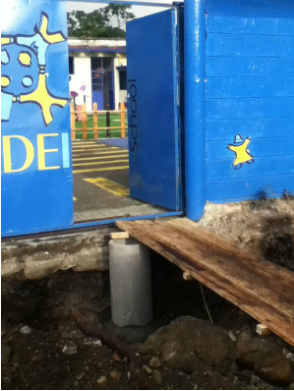
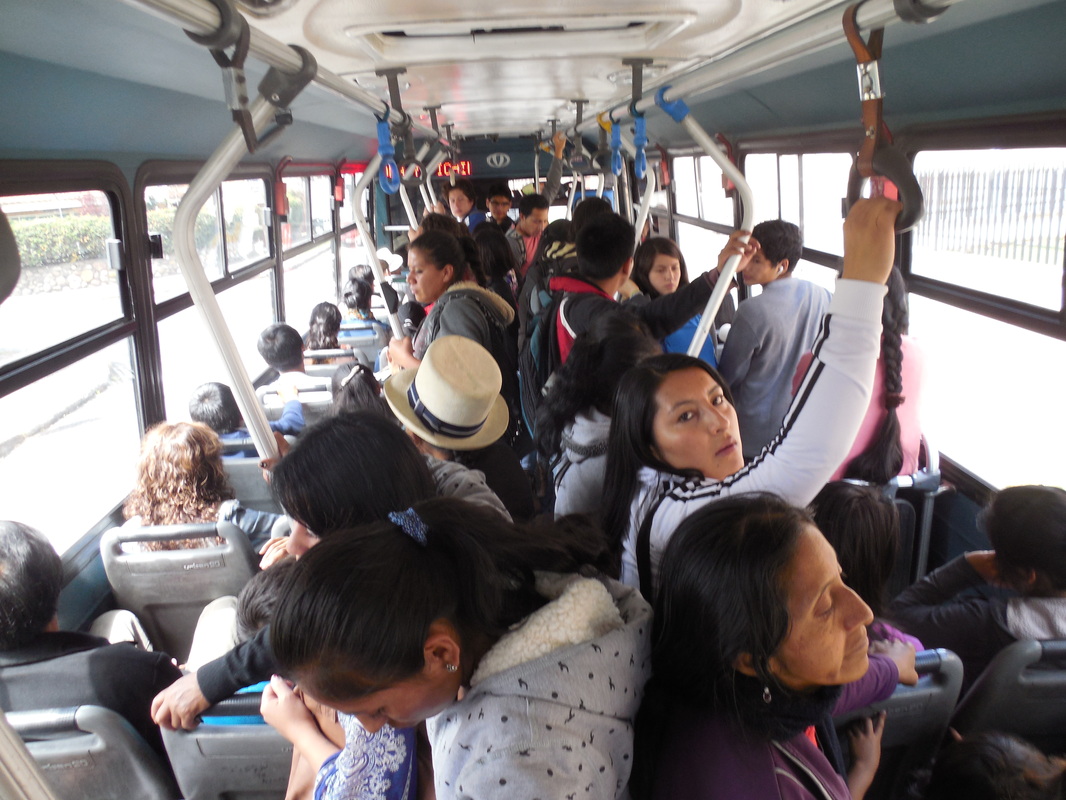
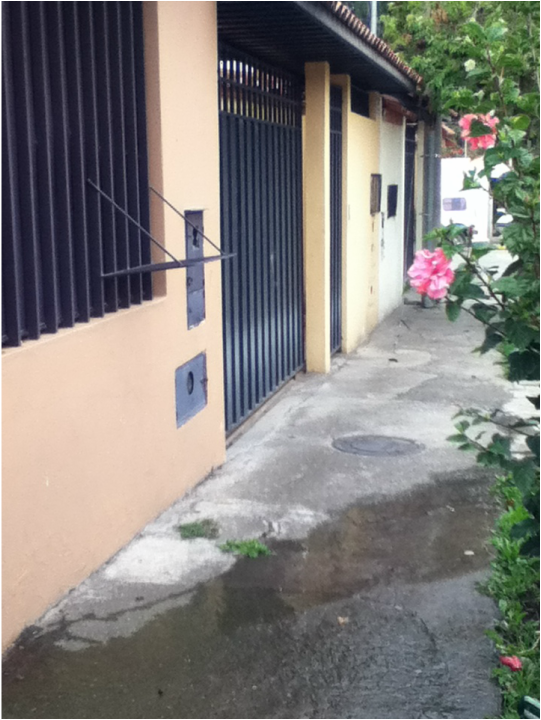
 RSS Feed
RSS Feed
